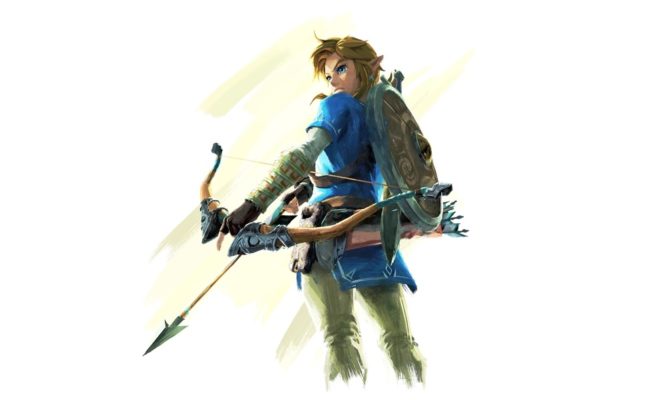Zelda: Breath of the Wild devs on starting out with 10 people, showing Miyamoto the 2D prototype, Great Plateau made first, more
IGN caught up with Zelda: Breath of the Wild director Hidemaro Fujibayashi, technical director Takuhiro Dohta, and art director Satoru Takizawa to discuss the game’s creation in greater depth. Some interesting comments were shared about the game’s development. Fujibayashi, Dohta, and Takizawa talked about starting out with a small team, the 2D prototype, making The Great Plateau first, and more.
You can find a summary we’ve done below. For the full piece, head on over to IGN here.
On starting out with a small team and how different teams take a variety of approaches when making prototypes at Nintendo…
“Even with the Zelda franchise, it’s different. For example, Breath of the Wild started with less than 10 people.” -Fujibayashi
– A small team can work on early ideas to make a game for roughly a year or possibly longer
– There isn’t a set time limit
– The first phase is spent figuring out the game idea the team wants to make
– Once the initial prototype is completed, the findings are presented to Nintendo’s senior staff
– If it proves the ideas will work, the team begins staffing up
On getting started and the 2D prototype…
– After the first phase of the ideas was completed, technical director Takuhiro Dohta joined the team along with art director Satoru Takizawa
“When I became involved, the only thing that had really been decided at that point was that the game field was going to be huge, and then, Mr. Aonuma said ‘okay, we got that…where should we go from there?'” – Dohta
– Takizawa remembers discussing art styles and aesthetic choices for the new Zelda with Dohta before they became full-time team members
“We didn’t make the whole [game] map. We built it piece by piece and when there was a specific game element or a specific puzzle that we wanted to try.” – Fujibayashi
“When making a prototype that we’re going to have to show to programmers, we realize that reducing things to sort of a set of symbols is one way to really clearly get at the logic behind the idea that you’re wanting to express.” – Dohta
When Miyamoto saw the 2D Zelda prototype…
– The early 2D Zelda prototype was used in a presentation to senior staff
– Panel included Miyamoto
– Fujibayashi said Miyamoto was not involved in the making of it, but he was aware of the idea and the prototype was presented to him as a sort of surprise
“When we first showed the prototype to Mr. Miyamoto, he’s not exactly a programmer, but he does have a gift for seeing the heart of an idea. Basically, what he said was ‘it’s not trying to create a world that’s going to control and make these objects work, but it’s a collection of all these objects that makes the world.'” – Dohta
On an online bulletin board where staff could freely upload their ideas…
“It almost worked like an internal social media where instead of a like button we used rupees, and if people liked the idea, they would put rupees into it. And so it provided different ideas not only in terms of design direction, but also it gave people an idea of what to focus on, what to use think of when they’re creating something.”
“It also gave some of the younger staff kind of the sense that if they can do it. Maybe they could submit some ideas that may be out of left field, or maybe they didn’t feel extremely comfortable with yet. It gave them freedom to really propose any idea that was remotely interesting.” – Takezawa
On how Breath of the Wilds unique sense of discovery manifested toward the end of the game’s experimentation phase…
– Second prototype was made
– Game was tested out searching for feedback
“When we got all that feedback and looked at it, we realized there’s a common trait or commonality between all the ideas that weren’t so popular and all the ones that were popular. A lot of the ideas that weren’t very popular or that didn’t make it, a lot of them had to do with either it was hard to play the game or that it didn’t break the convention in a way that we wanted to. It was just basically the same type of game.”
“We went and removed all those aspects that weren’t very popular, and what was left was a game that gave the player a new sensation and a new sense of fun that people could enjoy.” – Fujibayashi
On how The Great Plateau was the first area created…
“The Great Plateau ended up being a culmination of what we wanted to include in the game to see if it’s really going to pan out. Different cultures within the game and the NPCs were added in later, so we removed anything that isn’t wild because it’s really was the essence of this game.” – Fujibayashi
